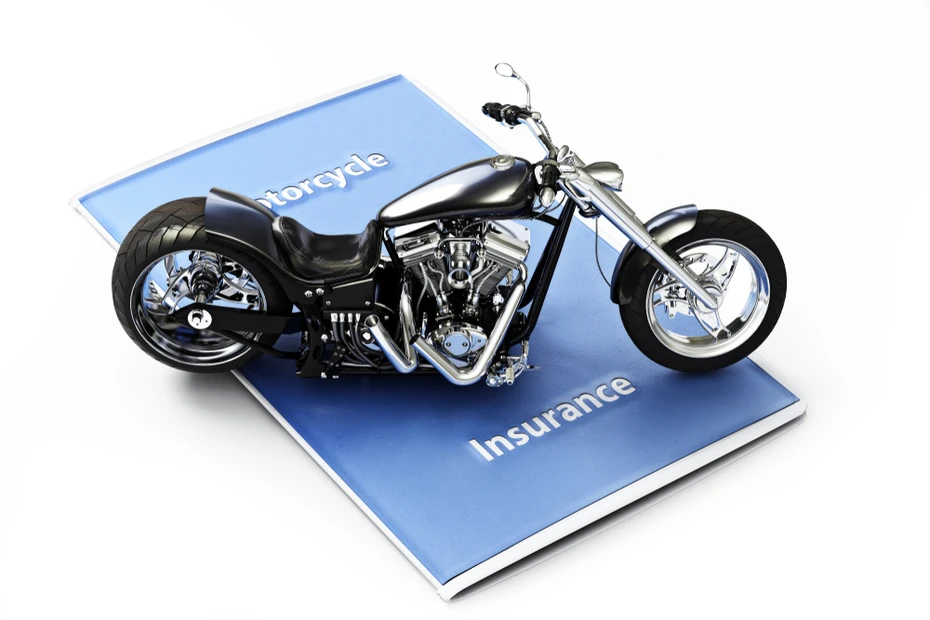What is a Continuously Variable Transmission? A Simple Guide for You
A CVT (continuously variable transmission) is a type of automatic transmission found in some two-wheelers. Unlike regular gear systems that shift between fixed gears (1st, 2nd, 3rd, etc.), a CVT uses a belt and pulley system that smoothly changes gear ratios automatically. This means the engine always runs at the best speed for power or fuel efficiency, and the rider doesn’t feel any gear shifts, just smooth, steady acceleration.
The rising trend of modern vehicle development has led to an increased market demand for CVT transmissions. These transmissions are especially useful in cities with their stop-and-go traffic conditions.
How Does a CVT Work?
Two pulleys with a connecting belt or chain operate inside the continuously variable transmission system. Through its drive pulley, the engine connects to one component of the belt system, and the wheels use their driven pulley to circle the system. The two pulleys regulate their diameter sizes automatically to select the most efficient gear ratio, ensuring smooth acceleration and better fuel efficiency.
A CVT delivers endless transmission ratios because it replaces traditional gear-ratio systems (1st gear, 2nd gear, etc.) that function with fixed ratios. The system maintains engine output at the most efficient point in every operating condition to maximize performance outputs and fuel consumption results.
Why Do You Need CVT Transmissions?
-
Enhanced Fuel Efficiency
Continuous Variable Transmissions provide users with a primary advantage in superior fuel economy. The continuous gear ratio adjustments controlled by the transmission maintain optimal engine performance, which leads to reduced unnecessary fuel consumption.
-
Smooth Driving Experience
The CVT technology produces smooth driving without abrupt shifts that occur with automatic transmission gear changes. The system produces stepless propulsion, which delivers better control of vehicle movement.
-
Responsive Acceleration
A CVT's design provides continuous power delivery, which results in better linear acceleration in all driving scenarios. Power delivery through such transmissions functions without interruption because gear shifts are not present. A CVT transmission delivers maximum power effectively when drivers need to pass or climb slopes without experiencing operational delays.
What are Some Disadvantages of CVT Transmissions?
-
Driving Sensation
CVTs deliver superior ride quality, yet they leave behind the characteristic gear-shift sensation that many drivers enjoy during their driving experience. The absence of gear changes results in a detached driving experience that enthusiasts particularly dislike when they desire more responsive transmission feedback.
-
Noise Levels
Countless drivers complain about CVT transmissions because their engines equip themselves with greater speed while maintaining unchanging vehicle velocity. The threaded operation produces engine noises that reach higher volumes at times of quick acceleration, thus causing discomfort to drivers' hearing.
-
Maintenance Considerations
CVT transmissions aim to be durable yet remain more costly to maintain or replace than normal transmissions. Inside CVTs, a steel belt needs spspecializedransmission fluid to perform maintenance alongside regular maintenance due to natural belt degradation. A vehicle needs regular service checks to prolong its lifespan.














































